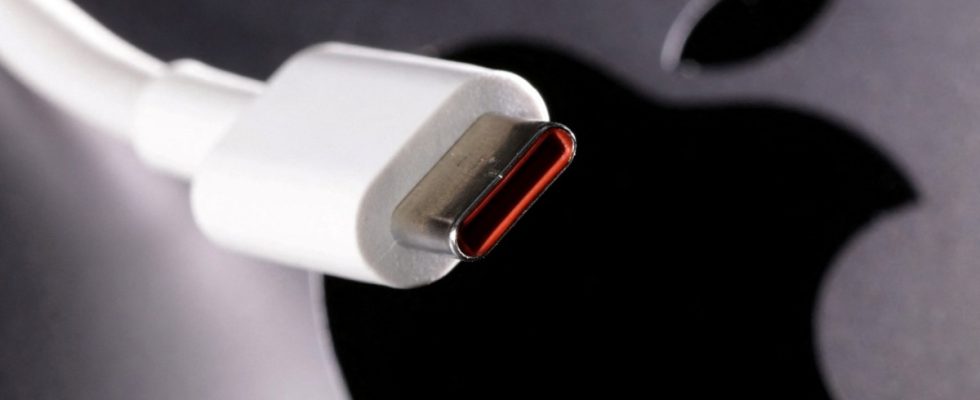Apple never wanted this connection. If the company had enforced its will, the new iPhone would look different. Then the Lightning socket that Apple has installed in more than a billion cell phones for eleven years would still be located on the bottom.
But things don’t always go Apple’s way. The EU will require companies to adopt a uniform charging standard from next year. That’s why the iPhone 15 comes with a USB-C port for the first time. The change has two big winners: the environment and everyone who buys iPhones. But there are also two downsides for which Apple and the EU are responsible.
The EU estimates that the new rules will contribute annually to save up to 11,000 tons of electronic waste. A uniform standard means fewer cables and chargers. Manufacturers could soon stop including such accessories with their devices because all buyers have had enough of them.
That’s why Apple has been offering the iPhone without a charger for years. It’s just in a drawer anyway, also saves several billion. The current iPhone still comes with a USB-C cable, but that could change in a few years. With more than 200 million iPhones shipped every year, that’s a lot of cables that no longer need to be produced.
Off on vacation – with just one cable
USB-C also makes everyday technology easier for users. No longer does anyone have to ask, “Does anyone just have an iPhone cable for me?” A family that uses a Macbook, iPhone, iPad, Airpods (which are also being converted to USB-C), Windows laptop and Android phone at the same time could go on vacation with just one charger and one cable each. In some cases the devices even charge each other. Airpods empty? Simply plug it into your iPhone.
What sounds wonderful in theory can be complicated in practice. Part of the responsibility lies with Apple, which has refused to use USB-C for the iPhone for years. The first Macbooks with a USB-C port were delivered in 2015, and the iPad followed three years later. If Apple had upgraded the iPhone earlier, the tangled cables wouldn’t have been necessary.
Because it will inevitably come. Hundreds of millions of Lightning cables will become largely useless in the coming years – unless you buy an adapter. Apple charges 35 euros for this, which can be called ambitious or outrageous. This shows what Apple’s insistence on Lightning was about: margin and control.
There was good money to be made with a proprietary connection. Third-party manufacturers needed Apple’s permission and had to pay licensing fees if they wanted to offer certified accessories. Apple could decide who could sell which cables and gadgets for iPhones. Lightning also made it difficult to leave the Apple ecosystem. Who likes buying new cables?
USB-C makes everything easier? It would be nice
But Apple can do little to address the biggest problem: USB-C is a terrible mess. Although all cables look the same, they are not the same thing. There are dozens of standards and protocols, each with different loading speeds and data transfer rates. Every few months a new name is added that is intended to provide clarity, but tends to add to the confusion.
An example: Apple advertised the fast data transfer of the iPhone 15 Pro at its presentation on Tuesday. In order to achieve the promised ten gigabits per second, you need a cable that supports USB 3. However, the cell phone only comes with a USB 2.0 cable, which reduces the speed by a factor of 20. If you want more, you can find Thunderbolt 4 cables (another standard within the USB-C world) in the Apple Store, which cost 79 to 179 euros, depending on the length.
The EU could not have completely prevented this mess, but it could have sorted it out a little. It was naive to believe that the USB-C requirement alone would be enough to make the dream of a universal cable come true. The uniform connection is a step forward, but with USB-C it is like with people: the inner values count.

